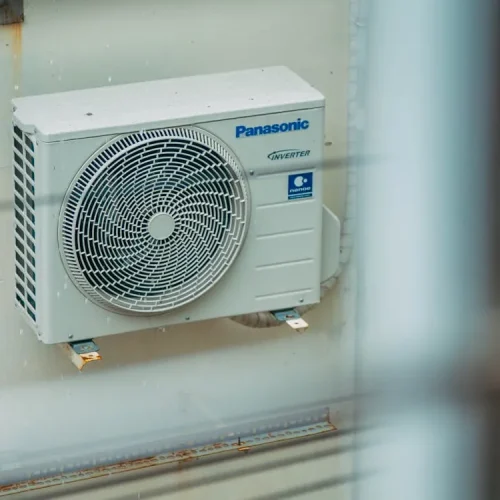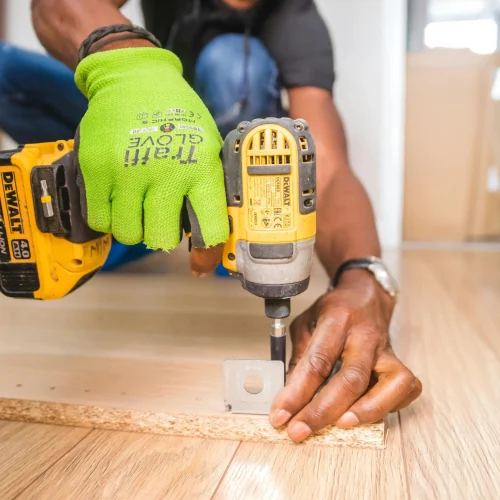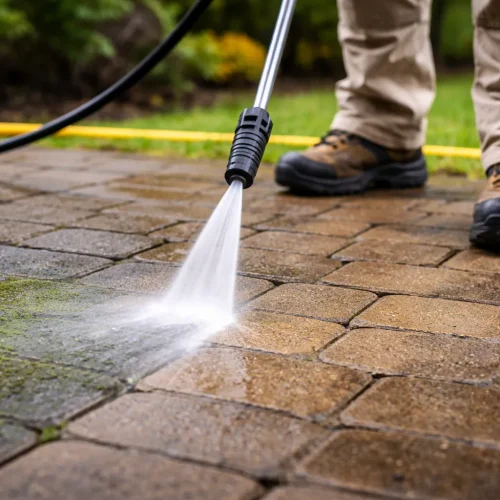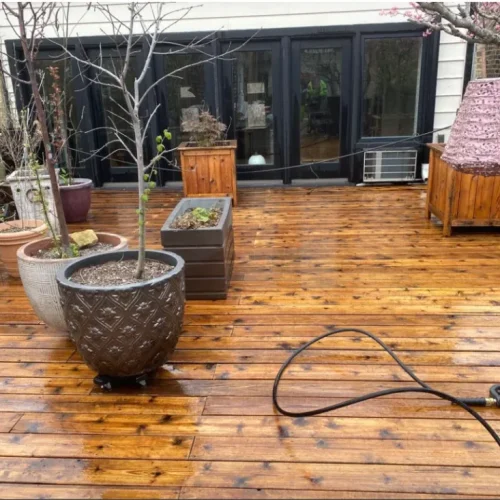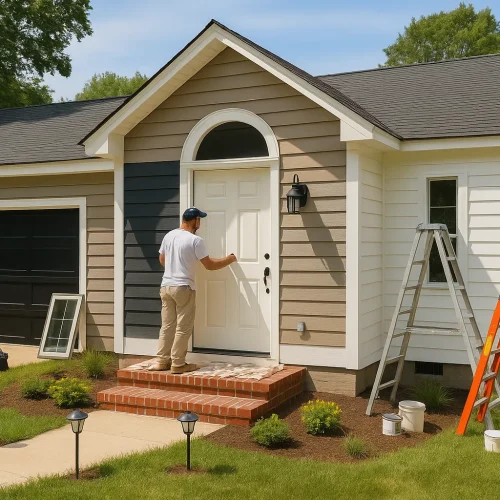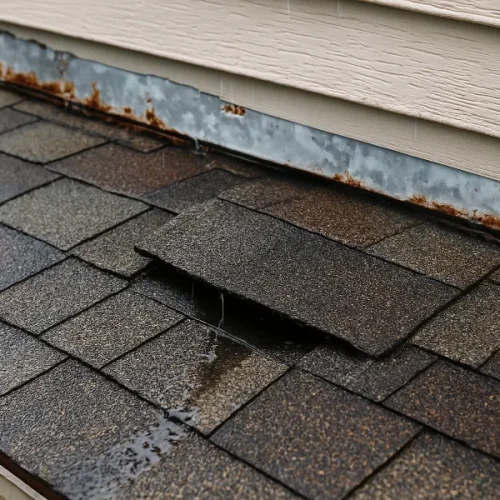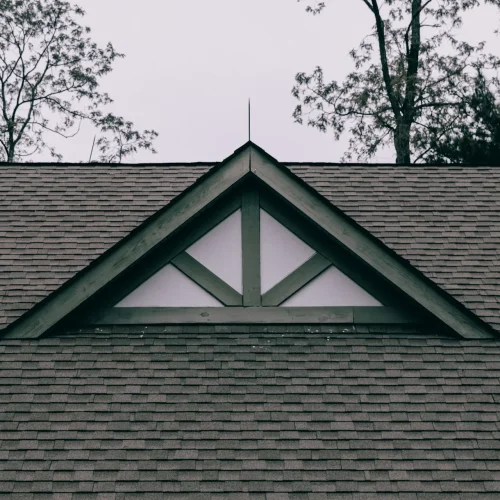
If you’ve ever stared at your bathroom floor or kitchen backsplash and thought, this grout looks awful, you’re not alone. Grout has a sneaky way of aging an entire room. Even when your tiles are sparkling clean, dingy or stained grout can make the space look tired. The good news? You don’t need to rip everything out and start from scratch. The answer to the question “can you paint grout?” is a resounding yes—and it can completely transform your space.
Painting grout is one of those DIY projects that seems too good to be true. But with the right products, a little patience, and a few hours of work, you can refresh grout lines, change their color, and give your tile a brand-new look. Let’s dive into how it works, the benefits, the best products to use, and step-by-step instructions to get you started.
What Is Grout Paint?
Grout paint—also called grout colorant or grout stain—is a special product designed to adhere to the porous surface of grout. Unlike regular paint, it’s made to bond tightly and withstand the wear and tear of kitchens, bathrooms, and floors. Many grout paints also contain sealers, so they not only recolor but also protect grout from future staining and mildew growth.
There are a few main types:
- Water-based acrylics – Easy to use, fast-drying, and available in a wide range of colors. Great for most DIY projects.
- Epoxy-based paints – Extra durable and perfect for high-traffic or moisture-heavy areas like showers and entryways. They take longer to cure.
- Oil-based paints – Less common but useful for some porous surfaces. They resist stains well but require strong ventilation.
The key is that grout paint is not just regular wall or trim paint. Using the right product makes all the difference between a professional-looking refresh and a peeling mess.
Can You Really Paint Grout?
Yes, you absolutely can paint grout. And when done correctly, painted grout can last for years. This makes it an attractive option for anyone dealing with outdated grout color, stubborn stains, or grout that simply doesn’t match their new style.
That said, there are a few caveats:
- Porous tiles like unsealed natural stone aren’t ideal. They can absorb grout paint and stain permanently. Always test in a hidden corner first.
- Crumbling grout needs repair first. If grout is falling apart, painting won’t fix the problem—it’s time to regrout.
- Prep matters. The cleaner your grout lines are before painting, the better the finish and the longer it lasts.
Think of painting grout as a makeover for lines that are structurally sound but cosmetically disappointing.
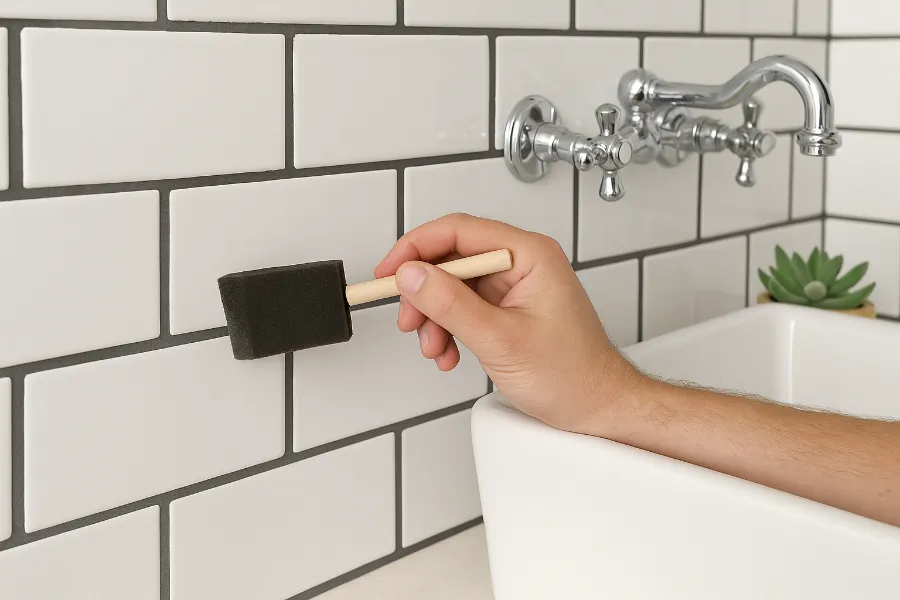
Benefits of Painting Grout
Why should you paint grout instead of regrouting or replacing tile altogether? Here are the big wins:
- Cost-effective: A bottle of grout paint usually costs less than $20. Compare that to regrouting, which takes much more time, effort, and money.
- Quick transformation: In just a few hours, you can make a floor, backsplash, or shower look freshly installed.
- Customizable color: Want white grout to brighten your space? Prefer dark gray for a modern, low-maintenance vibe? Grout paint gives you options.
- Built-in protection: Many grout paints double as sealers, locking out stains and mildew.
- Easier cleaning: Painted grout is smoother and less porous, which means dirt and grime don’t stick as easily.
For homeowners looking for an instant refresh without committing to a full remodel, painting grout is a game changer.
Tools and Materials You’ll Need
Before you jump in, gather the essentials. Here’s what most DIYers use:
- Grout paint (brands like Grout Renew, Polyblend, or Mapei Ultracare Grout Refresh are popular)
- A toothbrush or small applicator brush
- Damp cloths or sponges
- Tile and grout cleaner
- Painter’s tape (optional, for extra neat lines)
- Gloves
Having everything ready makes the process smoother and prevents mistakes.
Step-by-Step Guide: How to Paint Grout
Ready to give your grout a facelift? Here’s the process broken down:
Step 1: Prep and Clean the Grout
Clean grout is essential for proper adhesion. Scrub with a tile cleaner or a mix of mild detergent and warm water. Remove soap scum, grease, and any mildew. Allow the grout to dry completely before moving on.
If your grout has old sealant, scrape or strip it away so the paint can soak in properly.
Step 2: Protect the Tile (Optional)
If you want ultra-clean lines, use painter’s tape to mask off the edges of your tiles. Overlap pieces slightly and press firmly to prevent paint seepage. If you don’t mind wiping as you go, you can skip this step.
Step 3: Apply the Grout Paint
Dip your brush into the grout paint and apply it directly to the grout lines. Work in small sections, brushing the paint thoroughly into the grout. Don’t worry if you get some on the tile—it wipes off easily before drying.
Tip: Work from the back of the room toward the door to avoid stepping on freshly painted grout.
Step 4: Wipe Excess Paint
After letting the paint sit for about a minute, use a damp cloth or sponge to wipe any excess off the tile surface. This keeps the lines neat and prevents hazy residue.
Step 5: Let It Dry
Drying times vary depending on the product. Water-based grout paints usually dry within 24 hours, while epoxy-based versions may take up to 72 hours to fully cure. Avoid water and foot traffic during this period.
Step 6: Seal the Grout
If your grout paint doesn’t include a sealer, apply a clear grout sealer once the paint is dry. This step protects the color and makes cleaning easier down the road.
FAQs About Painting Grout
Does painted grout look fake?
Not if applied correctly. Painted grout blends seamlessly with tiles and looks completely natural.
How long does painted grout last?
With proper prep and sealing, painted grout can last several years—even in high-traffic areas.
Can you paint grout in the shower?
Yes. Just make sure it’s completely dry before use and allow extra curing time. Painted grout can actually make showers easier to clean.
Is painting grout better than regrouting?
If the grout is intact but unattractive, painting is faster, easier, and cheaper. If the grout is crumbling or missing, regrouting is the only solution.
Can you change grout color completely?
Yes—you can go from dark to light or vice versa. It may take two coats for full coverage.
Mistakes to Avoid
Even though painting grout is simple, these common mistakes can ruin the results:
- Skipping the cleaning step. Dirty grout won’t hold paint properly.
- Using regular paint. Only grout-specific paint adheres and protects correctly.
- Painting over damaged grout. Repair cracks or missing sections first.
- Ignoring sealing. If your product doesn’t seal, add a separate sealer for long-term durability.
- Not wiping excess quickly. Dried paint on tile is tough to remove.
Avoid these pitfalls and you’ll end up with grout lines that look brand new.
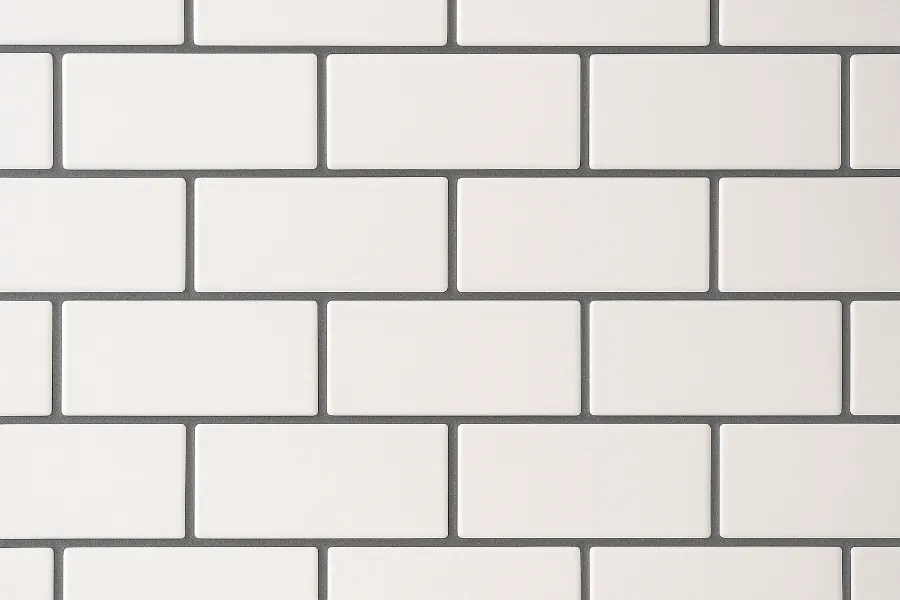
Final Thoughts
So, can you paint grout? Absolutely—and you should if your grout looks tired but is still structurally sound. It’s affordable, fast, and surprisingly satisfying. Instead of staring at dingy grout that drags down the look of your tile, you can brighten it, darken it, or change it entirely in a single afternoon.
For homeowners, renters, and DIYers alike, grout paint is a simple solution with a big payoff. Once you try it, you’ll wonder why you didn’t do it sooner.


